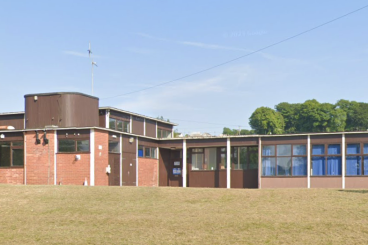WAITING times at the region’s accident and emergency department have been described as ‘a serious worry’ as winter approaches.
South Scotland MSP Colin Smyth is concerned at how long patients are having to wait.
New figures show that in the week ending September 29, 78.1 per cent of patients were dealt with within four hours locally, down from 87.6 for the same period pre-pandemic (Sept 2019).
The numbers of waits over four hours increased by 63 per cent in this time – from 127 in 2019 to 208 in 2024.
Furthermore, 56 people waited more than eight hours.
The Scottish Government have a legally binding target that means 95 per cent of patients should be admitted, transferred or discharged from an A&E department within four hours, but Mr Smyth says this continues to be missed.
He added: “Long waits should never be business as usual in A&E, but we’re heading for a winter catastrophe if the Scottish Government doesn’t step in now, it is a serious worry.
“Patients who come to A&E are in need of emergency treatment – waiting 12 hours could be the difference between life and death.”
He added: “Month on month, these figures continue to be a concern and show that our accident and emergency departments are struggling, even before we get into the winter period.
“Patients are facing long waits for treatment, and that impacts not only on them but the well-being of over-stretched staff.
“It is up to the Scottish Government to do all it can to stop this once and for all.”
Responding, a spokesman for NHS Dumfries and Galloway clarified the four-hour target is for treatment to have reached a conclusion.
He said: “When the figures note the target has been breached, this does not mean the patient has been waiting over four hours to be seen or treated.
“Dumfries and Galloway Royal Infirmary’s Emergency Department has one of the quickest response times in Scotland, but in recent months the department has been providing help to notable numbers of patients arriving with serious and complex health concerns.
“A busy system can mean challenges in admitting people who have been assessed and treated in ED into other areas of the hospital or to another facility.”
Other factors can include waiting for transport to return a patient home or ongoing treatment.
The spokesman added: “People who attend our EDs are seen and assessed rapidly, with treatment provided as quickly as possible, based on clinical urgency, but we are constantly mindful of targets and always working to improve processes and support mechanisms to achieve those targets.
“Our Emergency Departments can sometimes be very busy. We would always ask people to consider if they have a genuine emergency, but always to attend if they believe that they do.
“Our conscientious and committed staff work hard to ensure that people’s needs are met as quickly as possible and that treatment is concluded within the shortest amount of time that is safely possible.”
























